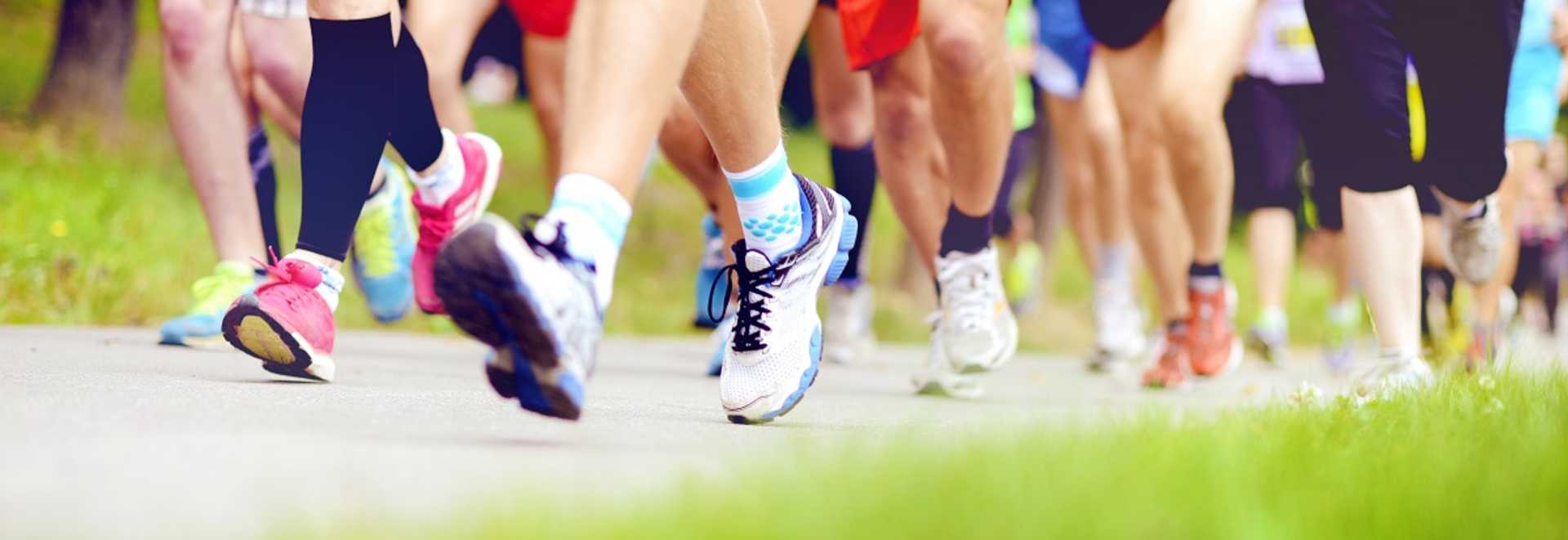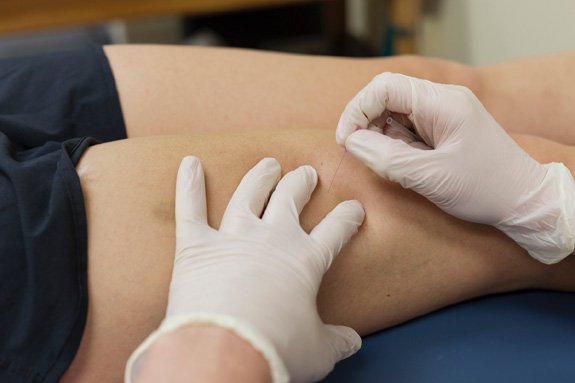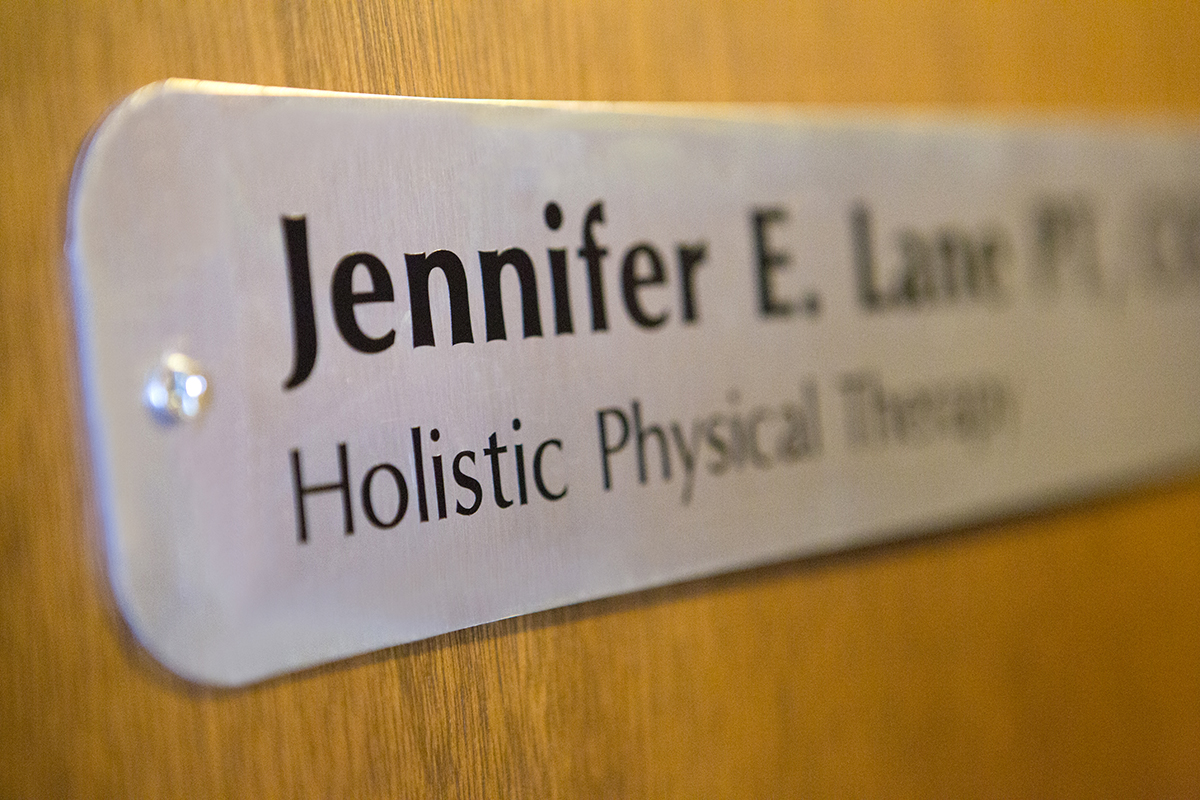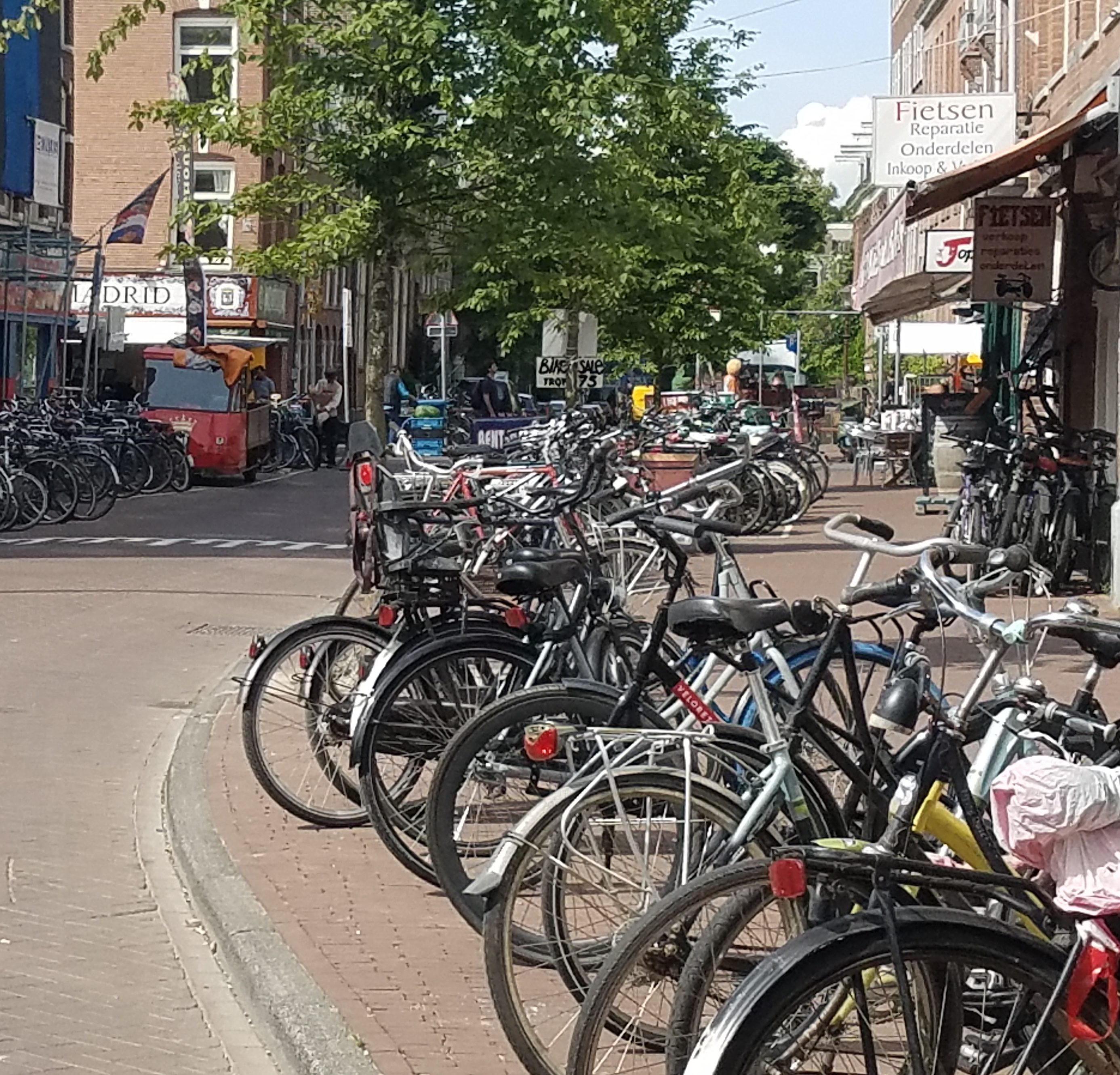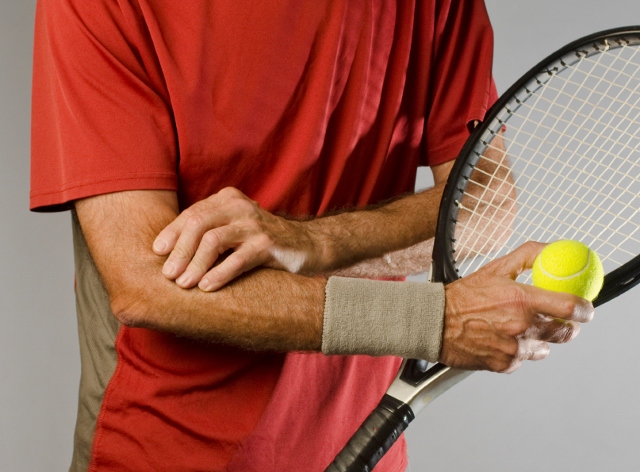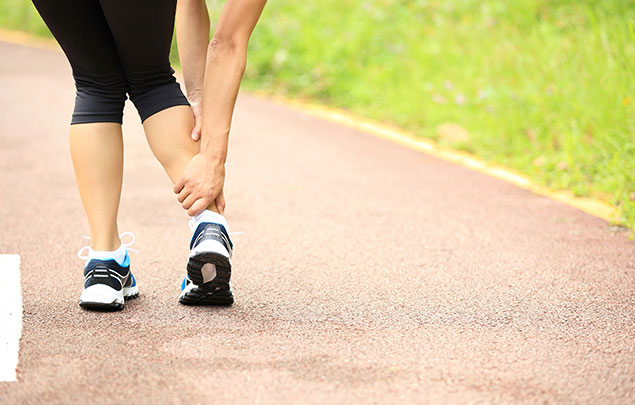As we continue to navigate into uncharted waters, I have been looking for ways to stay connected with existing clients and future ones too. The virtual world is where many people are turning to stay in touch with friends, family and colleagues. Kids are taking classes on-line, work outs are being broadcast so you can stay at home, and happy hours are being conducted on sites like Zoom. Netflix even has created a way for you to watch your favorite show with a group of friends at the same time, which my daughter loves!
In the world of healthcare, there is a growing category called telehealth. “Telehealth is the distribution of health-related services and information via electronic information and telecommunication technologies. It allows long-distance patient and clinician contact, care, advice, reminders, education, intervention, monitoring, and remote admissions (Wikipedia’s definition)”.
How does this work with Physical Therapy? Well, there is much that can be accomplished via conversation with an experienced clinician. This is where my 18+ years of experience pays off for you! When I question patients about their current issues, complaints, limitations, I can formulate a good working hypothesis on what is going on. From there, the physical exam is performed to corroborate the hypothesis created during the interview. For the PT with years of experience, can then set a plan of care based on the therapy goals set.
When utilizing Telehealth for PT, the same interview process is done, and copious notes are taken. This is followed by a visual objective exam using a secure video platform that is HIPAA compliant. Both the PT and the patient can see each other via webcam from a computer or smartphone. Movement, posture, gait can all be assessed by this method. Following the evaluation, an appropriate home exercise program, as well as extensive information on how to manage the existing issue will be developed for you. As is typical with in-person sessions, at the subsequent visits, treatment is modified according to how you are responding to the initial suggestions.
The American Physical Therapy Association (APTA) is working diligently to get policies changed so that health insurances will reimburse for this. Colorado Medicaid has already authorized that telehealth can be used for its clients. The hope is that private insurance companies like Cigna, Anthem and United Healthcare will all follow suit and pay for these services. In the meantime, my cash pay rates apply. If you are a patient of mine that is currently receiving care, there will be discounted rates for follow-up visits. Please contact me directly via email, phone call or text if interested in seeing if a Telehealth visit would work for you.
What can be treated via Telehealth? Most everything that can be treated in person: Back pain, shoulder dysfunction, knee, hip or ankle issues, vertigo and pelvic floor therapy too. Contact me today to schedule an appointment.



